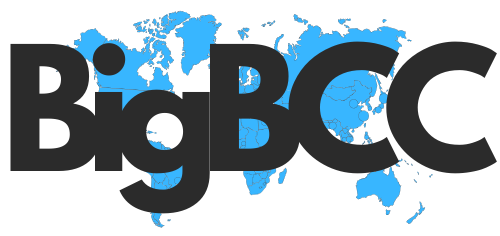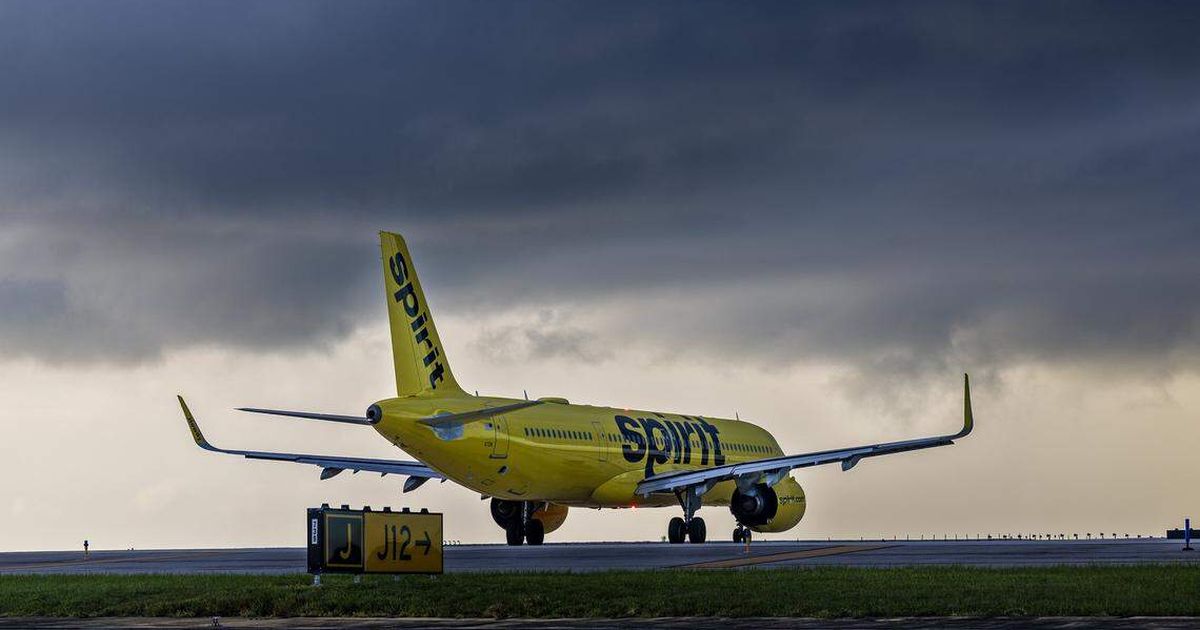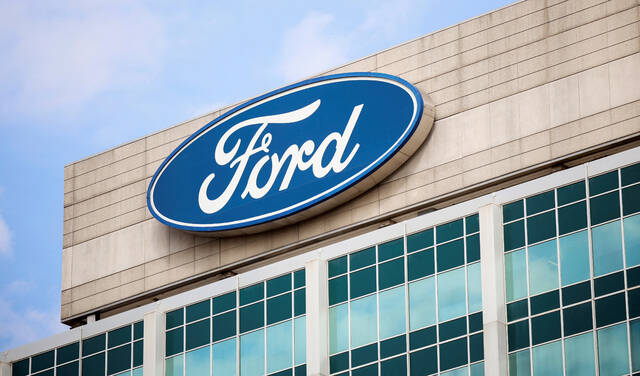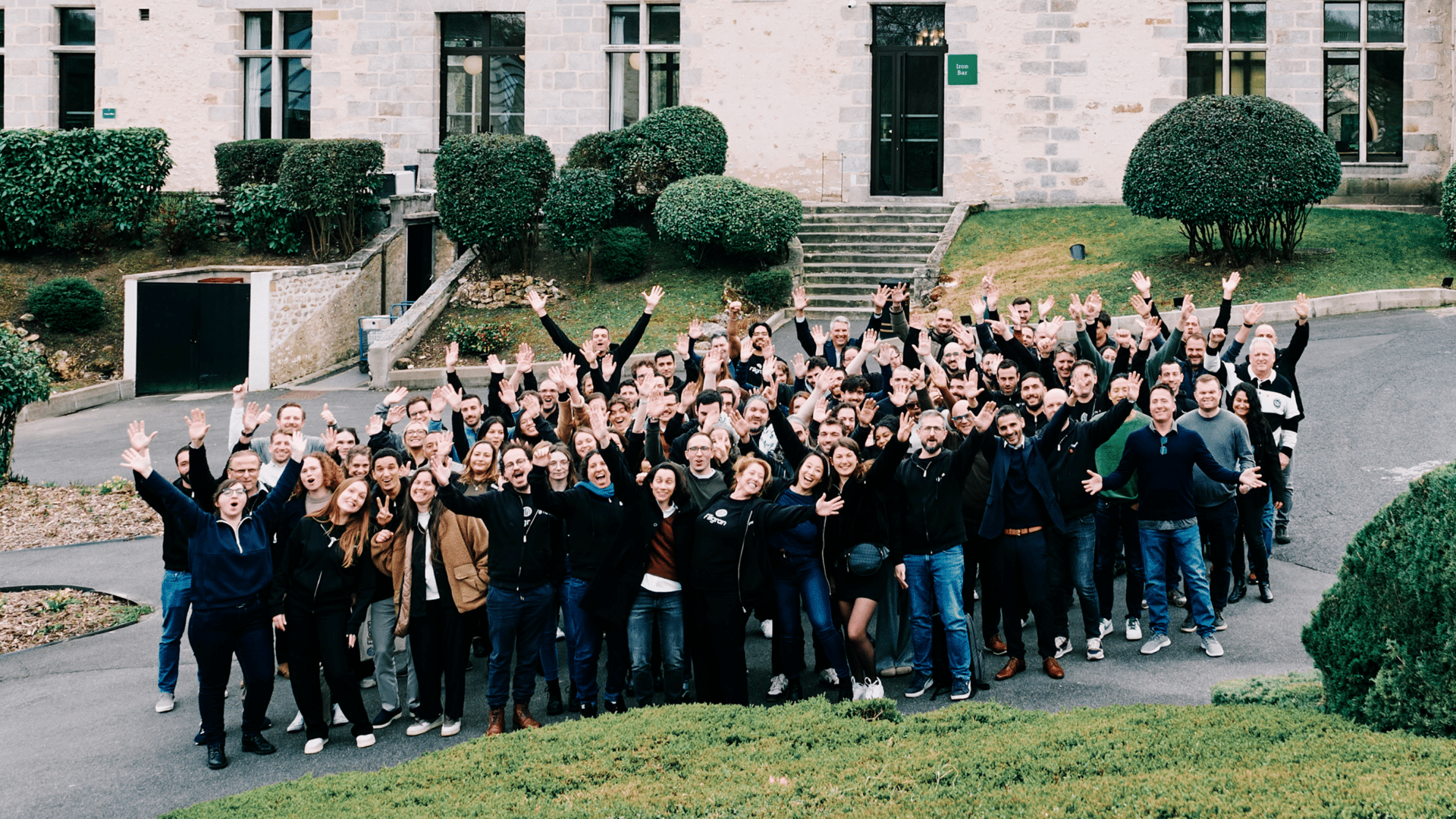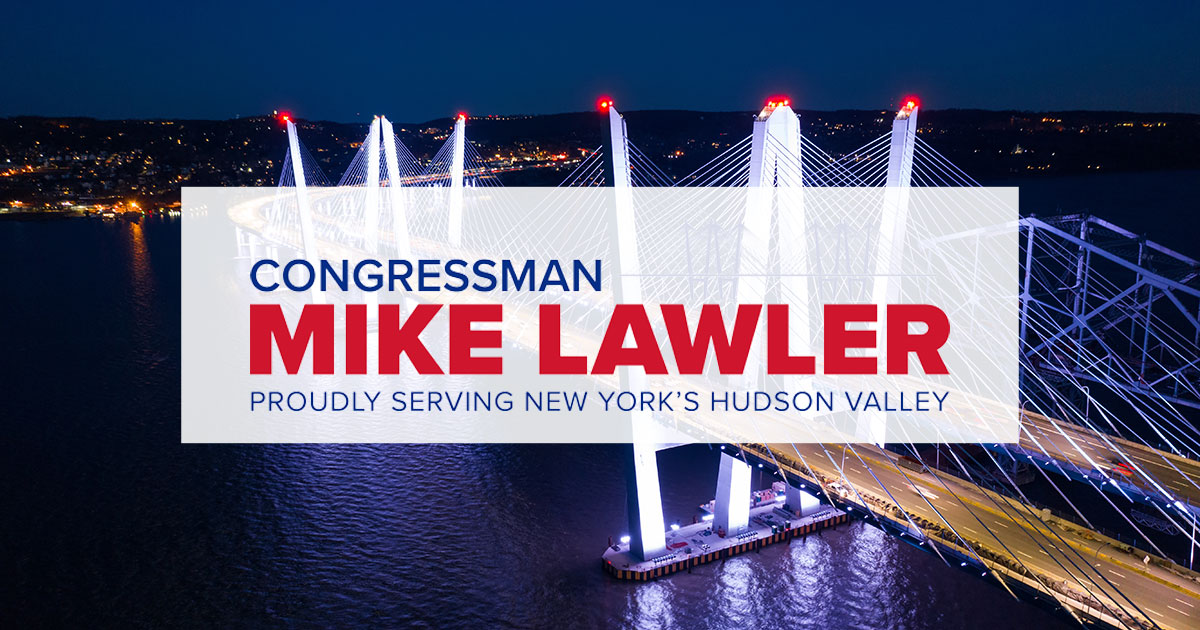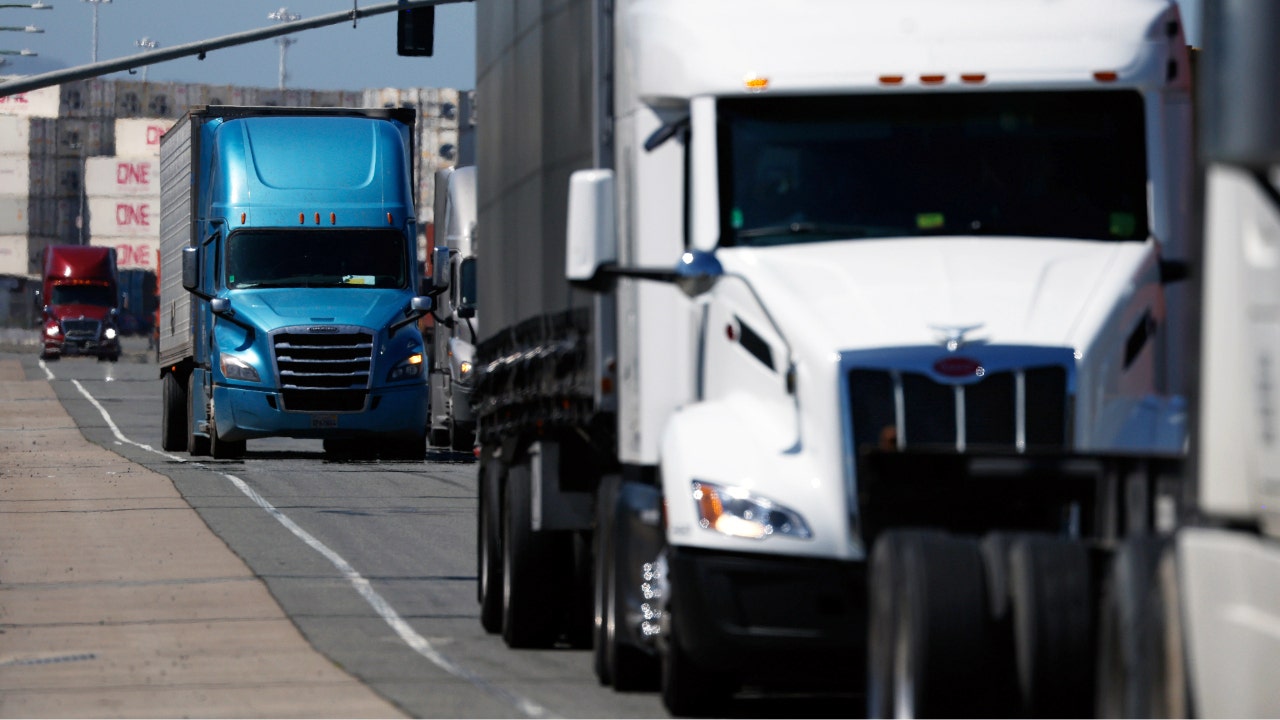The Latin American e-commerce market is booming. It’s a large population surpassing 600 million people, which is fueling strong growth for MercadoLibre (Nasdaq: MELI). The company offers an online marketplace and generates revenue from mobile payments, advertising and other “fintech” (financial technology) services.
Over the last 10 years, MercadoLibre’s revenue has grown at a compound annual rate of more than 40%, sending the stock up 2,000% (as of mid-September). The company continues to report high rates of growth as it invests in improving the customer experience by lowering prices, increasing shipping speeds and rolling out new products like credit cards. Revenue reached nearly $6.8 billion in the second quarter of 2025, representing a year-over-year increase of 34%.
MercadoLibre recently reduced shipping and seller fees, incentivizing sellers to also reduce their selling prices. This is expected to increase the selection of goods offered on the marketplace.
Meanwhile, its Mercado Pago credit business has been a fast-growing source of revenue, with its credit portfolio roughly doubling in the second quarter over the year-ago quarter, indicating strong adoption of its credit card.
The compounding growth of this business makes it a promising long-term stock. (The Motley Fool owns shares of and recommends MercadoLibre.)
Ask the Fool
Q. I read that Spirit Airlines has filed for bankruptcy protection. How can airlines run into financial trouble when tickets cost so much? — J.L., Atlanta
A. It’s a notoriously difficult business, for many reasons, and like many airlines before it, Spirit has had a tough time. At some point American Airlines, Delta Air Lines, United Airlines, Pan American World Airways (Pan Am), Trans World Airlines (TWA) and Eastern Air Lines also declared bankruptcy and/or went out of business.
Consider that airlines must contend with volatile fuel costs, occasional fare wars with competitors, labor costs and complex logistics, not to mention weather-related interruptions. Each plane an airline buys costs a lot, as does inspecting, maintaining and repairing its fleet. And each empty seat on a plane costs it money.
Warren Buffett has noted that in this industry, “a durable competitive advantage has proven elusive ever since the days of the Wright Brothers. Indeed, if a farsighted capitalist had been present at Kitty Hawk, he would have done his successors a huge favor by shooting Orville down.”
Q. What’s a “pick and shovel” investment? — B.B., Worcester, Massachusetts
A. The term refers to the California gold rush of the mid-1800s, when many people were trying to get rich by discovering gold. Some did get rich — by selling picks, shovels and supplies.
Let’s say that today, you’re bullish on the marijuana industry; instead of guessing which growers and sellers will prevail, you might invest in the companies selling growing equipment. Or you have high hopes for artificial intelligence (AI): You might invest in providers of systems for the data centers needed, or in the companies that make semiconductor chips for AI.
My dumbest investment
My most regrettable financial move is going to Starbucks every day for 10 years straight. — D.J., online
The Fool responds: There are many articles pointing out that if we’d skip certain daily expenses, we could save a lot for retirement or other financial goals. For example, if you spent $5 at Starbucks every day, that would amount to $1,825 per year, and over 10 years, $18,250. Those dollars certainly could help when invested in a retirement account. Socking away $1,825 each year for 10 years will grow to around $28,500 at an average annual growth rate of 8%. Add another decade, and you’d end up with more than $90,000.
But we needn’t deny ourselves life’s little pleasures, so long as we have a solid retirement plan in place and we’re following it. For example, you might determine that you need to save and invest a certain sum each year to meet your goals. If you have expendable income left over after paying for nonnegotiable expenses (which would include retirement savings), go ahead and treat yourself. The situation is only problematic if you’re not saving and investing for your future or if you’re spending money you can’t afford to spend. It’s possible for a good retirement plan to include regular trips to Starbucks or a bookstore or a movie theater.
Do you have a smart or regrettable investment move to share with us? Email it to TMFShare@fool.com.
** ** **
Foolish Trivia
Name That Company
I trace my roots back to 1946, when my founder opened a restaurant in Hapeville, Georgia, and developed a sandwich featuring a chicken breast and two pickle chips. (I still serve it today.) He launched me in an Atlanta mall in 1967, where I was a food court pioneer. Today I’m one of America’s largest quick-serve restaurant companies, with 200,000-plus workers at more than 3,000 locations across the U.S. and Canada. I’ve donated the equivalent of more than 200 million meals to those in need. My name references fillets. You can’t invest in me, because I’m privately held. Who am I?
Last Week’s Trivia Answer
I can trace my roots back to multiple early aviation businesses — including Robertson Aircraft, whose chief pilot in the 1920s was a guy named Charles Lindbergh. In 1936, I was the first airline to offer commercial service between New York and Chicago on Douglas DC-3s. In 1940, I was the first to debut an airport lounge for my passengers. Today, with a recent market value of $8.3 billion, I boast a fleet of 900-plus aircraft and thousands of flights daily to more than 350 destinations. I employ around 130,000 people. I merged with US Airways in 2013. Who am I? (Answer: American Airlines)
** ** **
